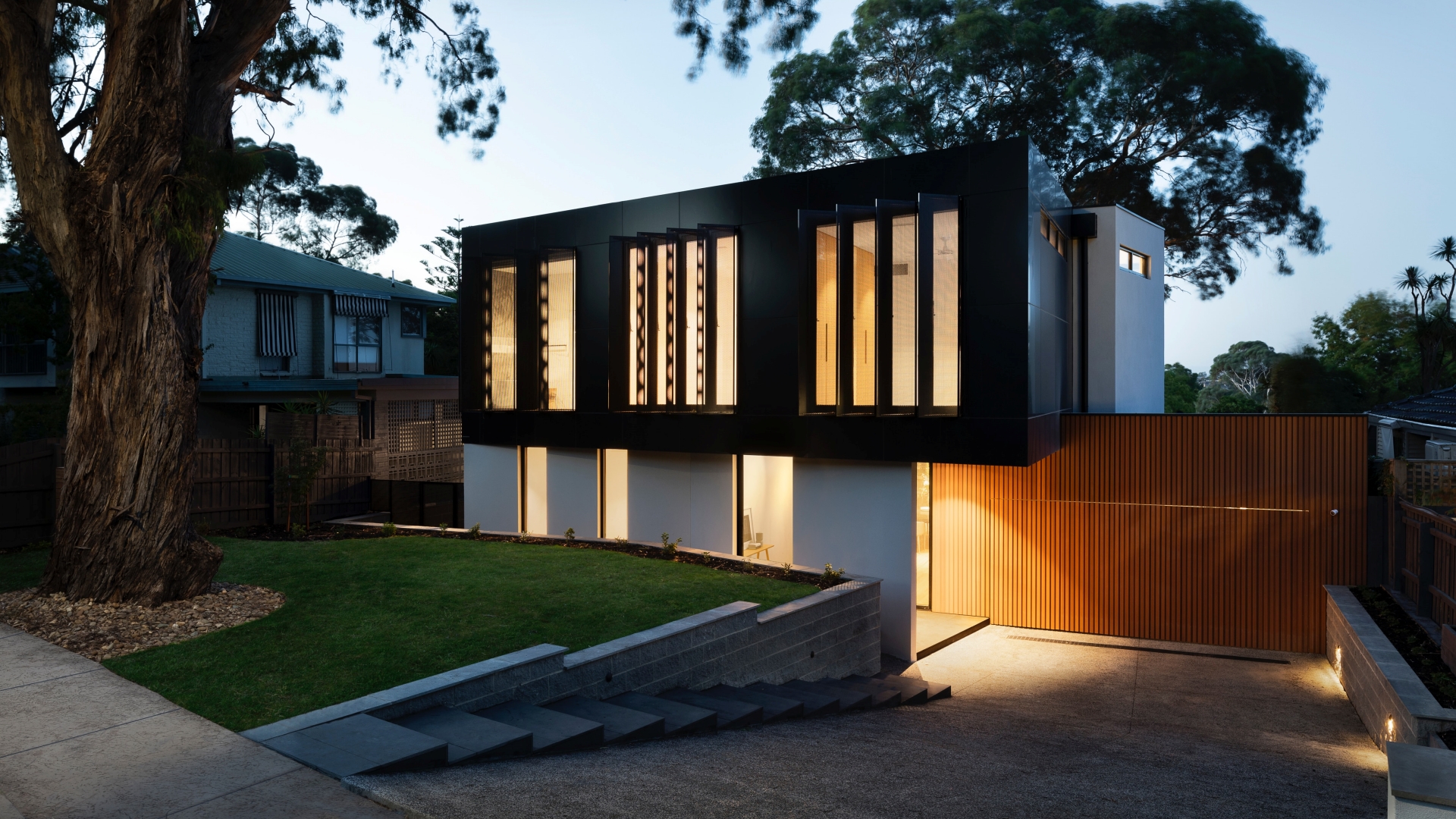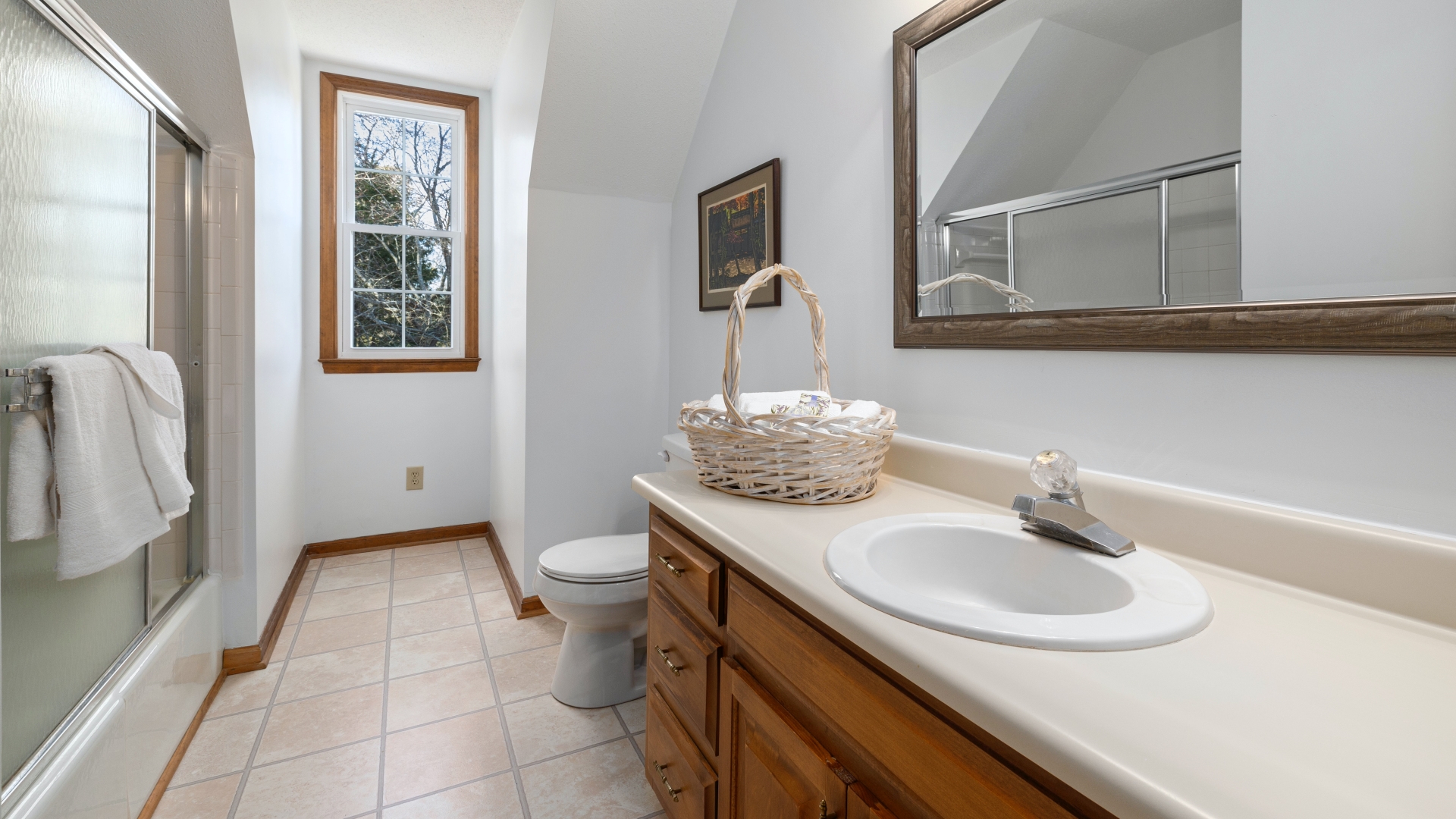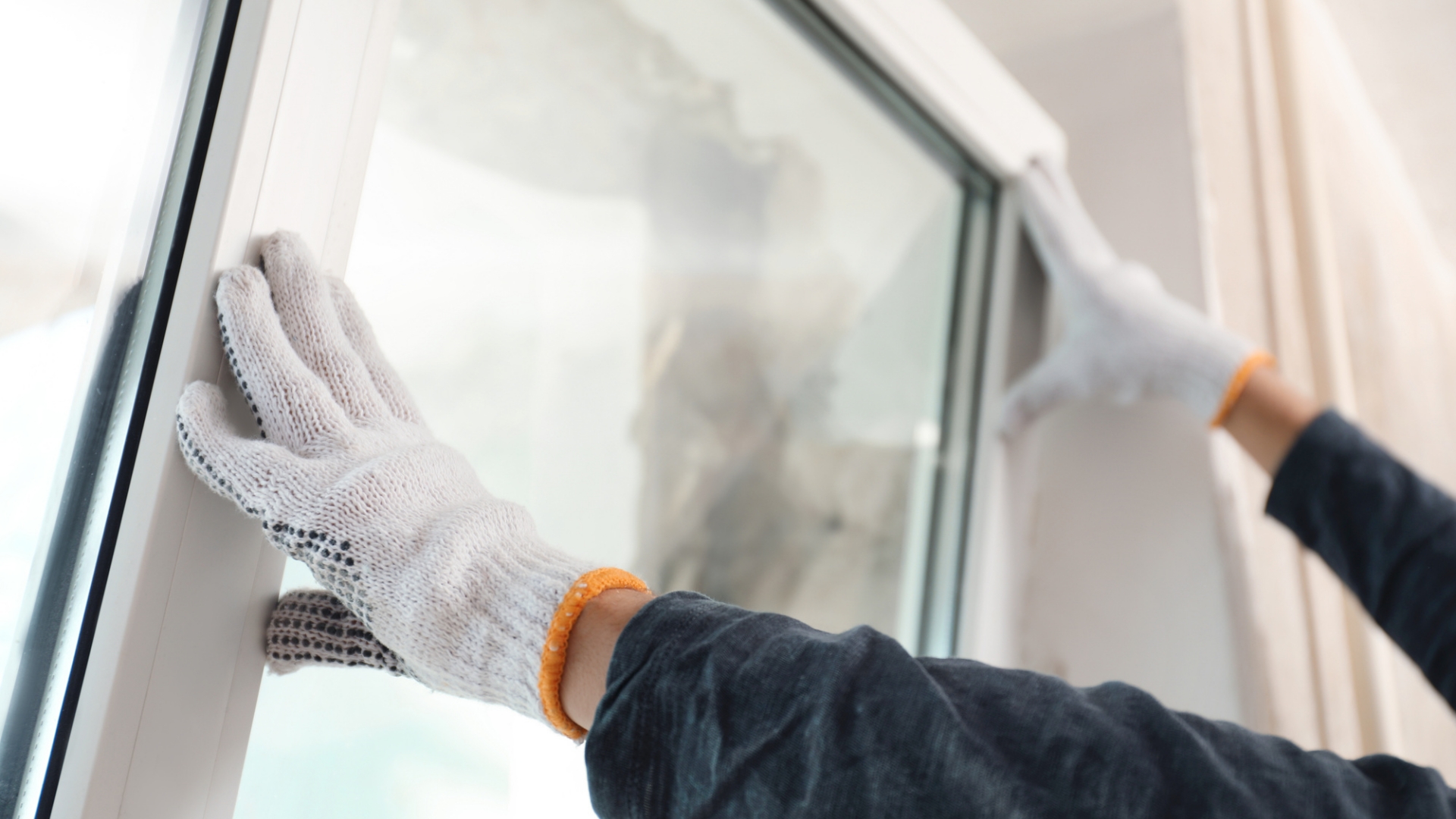You rely on consistent water pressure to keep your home running smoothly. In this post, you explore the purpose and mechanics of a booster pump. Understand quickly how these systems solve low water pressure issues.
You may have experienced frustrating drops in water pressure during peak hours. A booster pump actively increases water flow and pressure, ensuring reliable performance when needed most. See TrustPilot for customer feedback on those installations.
You benefit from understanding how booster pumps work, making it easier to decide on the right upgrade for your home. They boost water delivery and protect your plumbing system from strain, ensuring performance every day.
Booster Pump Basics
Booster pumps elevate water pressure to deliver consistent flow throughout your system. They overcome gravity, friction, and distance challenges while ensuring efficient water use.
Effective booster pump installation can improve water pressure. Correct pump type and careful planning lead to reliable water systems for your home or building.
- Function: Designed to increase water pressure in your system effectively.
- Type: Utilizes centrifugal designs with single or multi-stage impellers for varied pressure requirements.
- Key Parameters: Measures pump flow (Q) and pump head (H) for efficient performance control.
- Benefits: Provides consistent water pressure for homes, irrigation systems, and high-rise buildings.
- Expert Tips: Ensure proper installation, use flexible connectors, and consult professionals; explore booster pump systems for guidance.
These booster pump basics outline essential functions and parameters, ensuring that you select and install the right pump to meet your water pressure needs.
Low Pressure Causes
Low water pressure can disrupt your everyday routines, causing frustration in homes and commercial spaces; various factors contribute to this common issue.
High Demand
High water demand during peak hours can strain the pump’s capacity, resulting in noticeable pressure declines when multiple fixtures operate concurrently throughout the day steadily.
Aged or Inadequate Pump
Older or improperly sized pumps often fail to meet your household demands, causing low pressure and inefficiencies that disrupt water flow in everyday activities regularly.
Faulty Sensors and Valves
Defective sensors and malfunctioning valves can misread pressure levels, leading the pump to underperform and result in an overall drop in system water pressure significantly.
Leaks in the System
Undetected leaks within your water system can severely reduce pressure, causing inefficient performance and potential damage if not quickly identified and repaired without proper intervention.
How Pumps Operate
Water booster pumps work by drawing water in through an inlet, accelerating it with an impeller, and converting kinetic energy into increased water pressure.
The pump’s motor drives the impeller, which spins rapidly to boost the water speed, while the volute casing transforms that velocity into effective static pressure.
While varying pump systems operate with centrifugal or oscillating diaphragm mechanisms, the fundamental process remains focused on increasing water pressure efficiently through mechanical means.
Different pump technologies offer varied benefits, and selecting the appropriate mechanism significantly transforms water management in both small and large scale applications for efficiency improvement.
Pump Construction Details
Inside a booster pump, intricate components such as the motor, impellers, and pressure sensors work together to amplify water pressure and overcome system friction losses.
Key Components
Essential parts include a robust motor for power, precision-engineered impellers to move water, and sensors that regulate output pressure with consistent performance for peak efficiency.
Operation Principle
The operation principle converts kinetic energy into increased pressure by channeling water through carefully designed passages, enabling the pump to overcome resistance effectively with ease.
Residential Pump Options
For home systems requiring stable water pressure, various residential pump options offer efficient solutions, accommodating multi-household demand with quiet operation and energy-saving benefits reliably installed.
- Application: Designed for consistent pressure even when multiple taps run concurrently.
- Selection Criteria: Evaluate pump flow, head, and household demand to determine the suitable model.
- Types: Available models include multistage and variable-speed options for enhanced efficiency.
- Installation Tips: Install on the main water line with a bypass to prevent complete system disruption during maintenance.
- Noise and Efficiency: Choose energy-efficient and quieter models to minimize both electricity cost and operational noise.
Residential pump options not only maintain water pressure but also ensure energy efficiency and low noise levels, making them ideal for modern home installations reliably.
Sizing and Installation
Careful sizing and proper installation of a booster pump are critical steps to optimize performance, reduce wear, and ensure your water system functions reliably effectively.
Sizing Considerations
Determine the required flow rate and pressure by considering all fixtures in use, distance from source, and any additional system demands present for accurate sizing.
Installation Best Practices
Position the pump on a stable platform near the main supply, use correctly sized pipes, and install check valves to prevent backflow in your system.
Pressure System Components
Pressure system components in booster pumps include impellers, casings, and valves, working together to convert kinetic energy to pressure and ensure reliable water flow optimally.
- Impeller Function: Impellers spin to increase water velocity and contribute directly to pressure increase.
- Casings Detail: The volute casing transforms high speed kinetic energy into static pressure.
- Valve Roles: Inlet and outlet valves regulate water flow and prevent backflow effectively.
- Additional Components: Sensors and controls ensure the pump operates within safe pressure limits.
- System Configurations: Configurations vary from direct booster setups to multi-zone systems designed for larger buildings.
Understanding each component’s role helps you maintain optimal pump performance. Regular checks and proper maintenance ensure longevity and consistent water pressure for uninterrupted daily use.
Monitoring and Maintenance
Regular monitoring and maintenance are essential to protect your booster pump system from unexpected failures, ensuring longevity, efficiency, and continuous performance in everyday operations reliably.
Visual and Mechanical Checks
Conduct thorough visual inspections for leaks, vibrations, and misalignments while monitoring mechanical components to detect faults before they escalate, and resolve issues promptly with diligence.
Electrical Inspections
Regularly inspect all electrical connections, control panels, and motor starters to ensure safe operation and prevent overheating that may lead to system failures without interruption.
Lubrication and Seal Monitoring
Ensure that lubrication levels are adequate and seals remain intact, preventing leaks and reducing friction to extend pump lifespan and maintain efficiency for optimal performance.
Keeping Maintenance Records
Maintain detailed records of inspections and repairs to diagnose issues early and plan preventive maintenance.
Implementing a proactive maintenance strategy minimizes costly repairs and maximizes pump lifespan, providing you with reliable water pressure and uninterrupted daily operations consistently and affordably.
Boosted Pressure Power
You now understand booster pumps are essential for maintaining optimal water pressure. Rely on your new insight to troubleshoot issues and enhance system performance. Visit this resource for expert advice and reliable installation techniques. Take charge and upgrade your home today. Promote efficiency and enjoy lasting satisfaction always, consistently.











